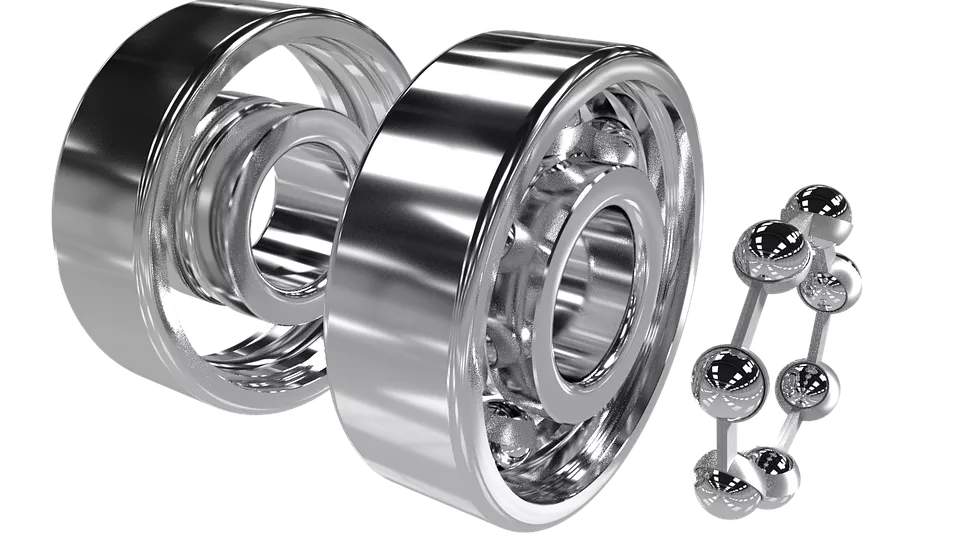2021-04-23

The bearing is mainly composed of five parts, namely, inner ring, outer ring, rolling body, cage and grease. Understand bearings. From this article, new people have read this article, you have become a quasi bearing person. After reading, the bearing will have a further understanding.
What is the role of the big 5
① The inner ring is usually tightly matched with the shaft and rotated with the shaft. ② The outer ring usually matches the bearing seat hole or the mechanical part shell, and plays a supporting role. But in some applications, there are outer rings rotating, the inner ring is fixed, or the inner and outer rings are rotating. ③ The rolling body is arranged evenly between the inner ring and the outer ring by means of a cage. Its shape and quantity directly affect bearing capacity and performance. ④ The cage evenly separates the rolling body, guides the rolling body to move on the correct track, and improves the load distribution and lubrication performance of the bearing. ⑤ Used for friction part of machine, it can be used as lubrication and sealing. It is also used for metal surface, filling void and rust prevention.
Explain the five parts of bearing and its constitution principle

1. Classification of bearing ring structure by rolling bearing structure type
1、 According to the load direction or the nominal contact angle that the bearing can bear, it can be divided into:
① Radial bearing ---- mainly used to bear radial load of rolling bearing, its nominal contact angle from 0 to 45. According to the different nominal contact angle, it is divided into: radial contact bearing ---- radial bearing with nominal contact angle of 0: radial contact bearing ---- radial bearing with nominal contact angle greater than 0 to 45.
② Thrust bearing ---- mainly used to bear axial load of rolling bearing, its nominal contact angle is greater than 45 to 90. According to the different nominal contact angle, it is divided into: axial contact bearing ---- thrust bearing with nominal contact angle of 90; thrust angular contact bearing ---- thrust bearing with nominal contact angle greater than 45 but less than 90.
According to the load direction or the nominal contact angle that the bearing can bear, it can be divided into:
① Radial bearing ---- mainly used to bear radial load of rolling bearing, its nominal contact angle from 0 to 45. According to the different nominal contact angle, it is divided into: radial contact bearing ---- radial bearing with nominal contact angle of 0: radial contact bearing ---- radial bearing with nominal contact angle greater than 0 to 45.
② Thrust bearing ---- mainly used to bear axial load of rolling bearing, its nominal contact angle is greater than 45 to 90. According to the different nominal contact angle, it is divided into: axial contact bearing ---- thrust bearing with nominal contact angle of 90; thrust angular contact bearing ---- thrust bearing with nominal contact angle greater than 45 but less than 90.